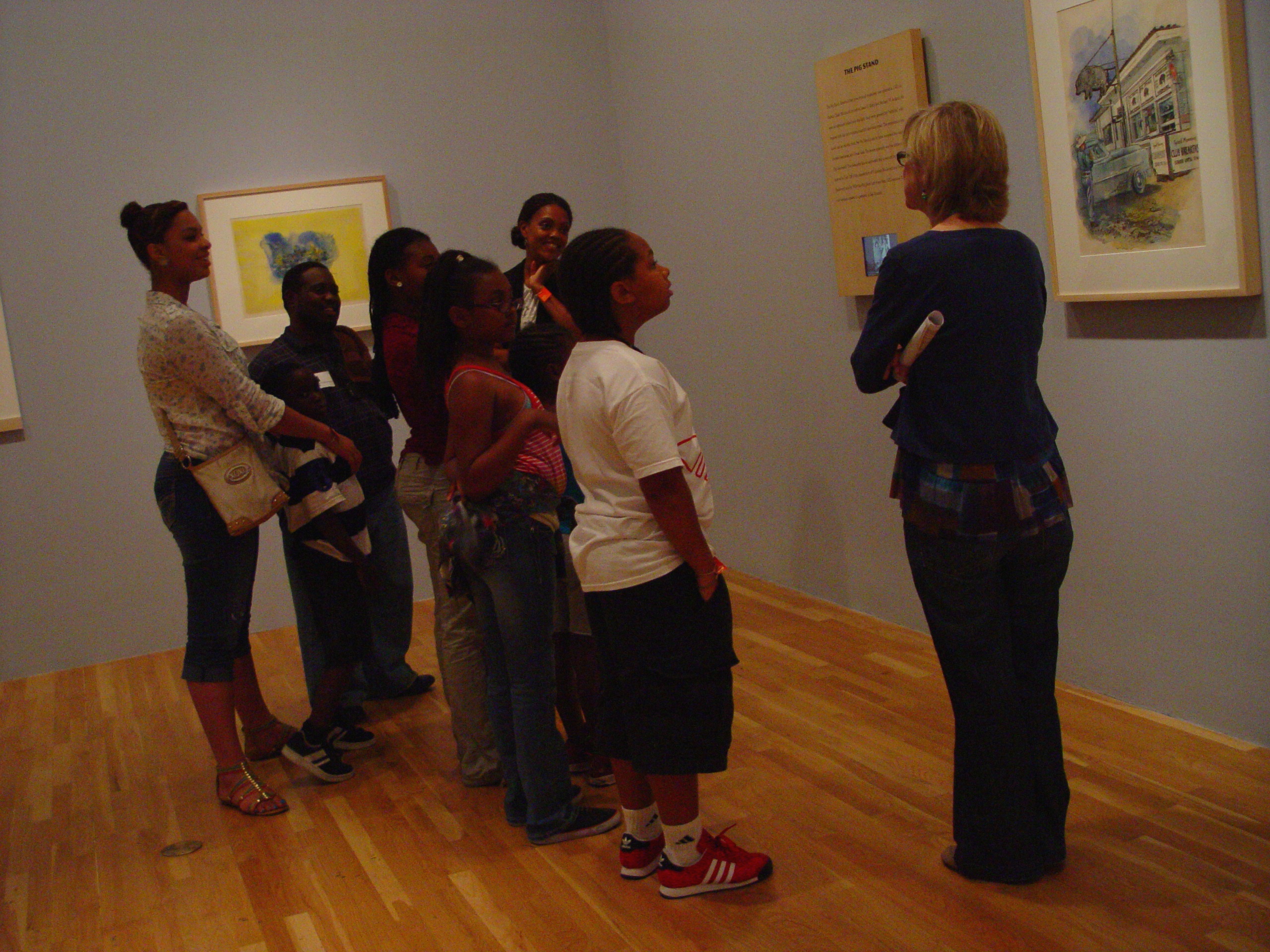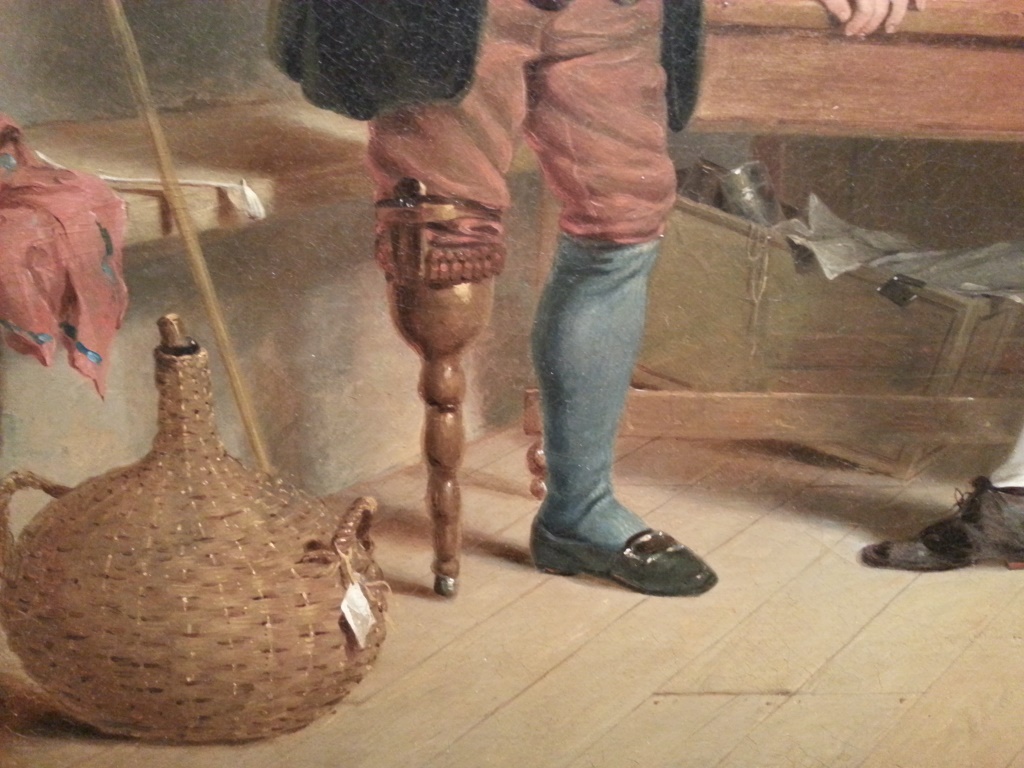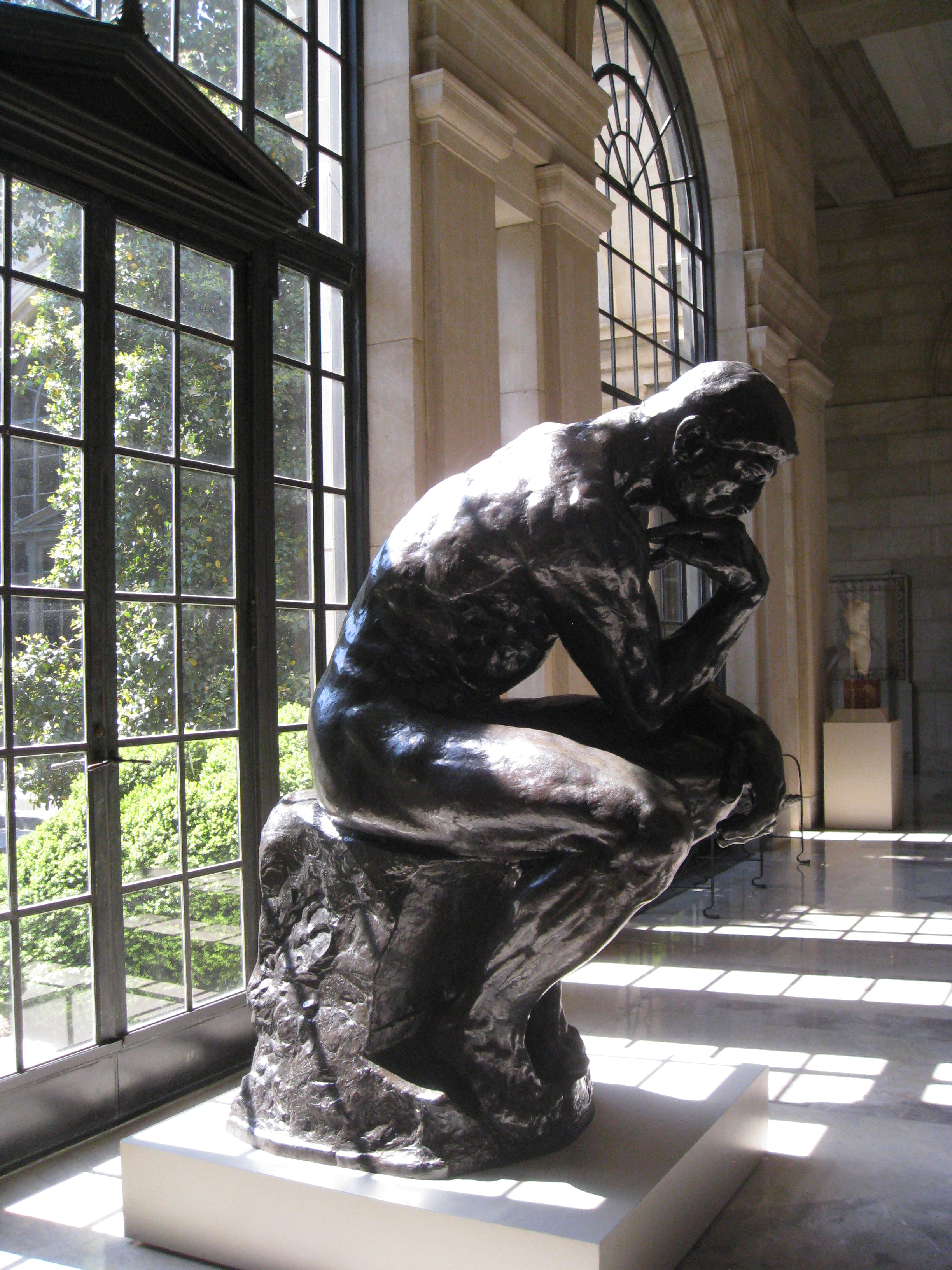The Mission Statement:
“The National Art Education Association (NAEA) advances visual arts education to fulfill human potential and promote global understanding.”
“Founded in 1947, The National Art Education Association is the leading professional membership organization exclusively for visual arts educators. Members include elementary, middle and high school visual arts educators, college and university professors, researchers and scholars, teaching artists, administrators and supervisors, and art museum educators, as well as more than 45,000 students who are members of the National Art Honor Society or are university students preparing to be art educators. We represent members in all fifty states plus the District of Columbia, U.S. Possessions, most Canadian Provinces, U.S. military bases around the world, and twenty-five foreign countries.”
[quotes from the NAEA Website]
The NAEA Student Chapter
I joined the National Art Education Association in 2007 when I was an art education student at the University of North Texas and was instantly welcomed into a membership of 17,170 art educators who would mentor me along my educational journey. Membership and attendance to the national conventions truly made an impact on who I am today. By constantly being filled with current research, discovering the various ways to put educational theory to practice, giving presentations, hosting students, having numerous networking opportunities and by creating countless friendships—I became a stronger art educator. As I became more active in the organization, I was granted the opportunity to hold two leadership roles within the NAEA structure and just recently concluded my term as the NAEA Student Chapter President this past March at the 2013 Annual Convention in Fort Worth.
-

-

-
Yoga for Kids
-

-

-
Docents led families in a brief tour of the Flower of the Prairie: George Grosz exhibition.
As of June 2012, 2,633 members classified themselves as students and testified to the need for an active voice in the organization. It was my duty over the past four years to serve the university student population to make their voices heard to the board of directors and to be an advocate for pre-professionals.

NAEA Governance Structure
At the beginning of the 2013 NAEA Convention, Past-President Dr. Bob Sabol addressed the Delegates Assembly to propose a change to the current governance structure. That change was voted on unanimously and can be seen in the following video. Some new and exciting things are in the works, and Bob can express it better than I can. I am still speechless!
[vimeo 64564970 w=500 h=281]
NAEA from amanda Batson on Vimeo.
Don’t miss out on an opportunity to be a part of the NAEA and the 2014 National Convention in San Diego, CA. The NAEA is currently accepting applications for proposals. See you there!

Amanda Batson
C3 Program Coordinator












![20140327_150315[1]](https://blog.dma.org/wp-content/uploads/2014/04/20140327_1503151.jpg?w=600)























